Web3 Fintech Payment Trends: A New Era of Digital Transactions Unfolds
December 5, 2024
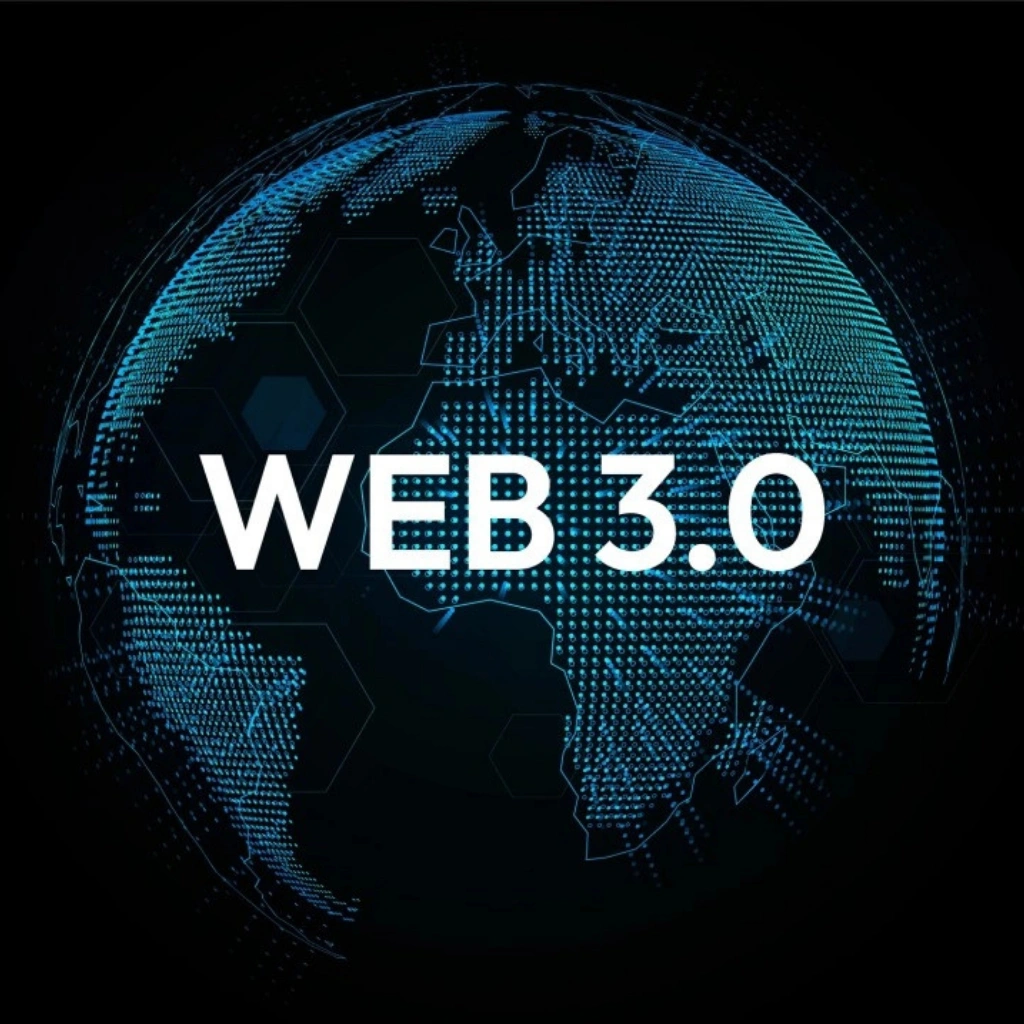
Web3 Fintech Payment Trends: A New Era of Digital Transactions Unfolds
By Sanjeet, Technology Correspondent
In a rapidly evolving financial landscape, Web3 fintech payment trends are emerging as key indicators of how consumers, institutions, and governments may handle money in the near future. While the phrase may sound like typical industry jargon, the reality behind it signals a deep shift in global financial systems.
From everyday purchases to cross-border transfers, innovations in Web3 — the decentralized iteration of the internet built on blockchain — are beginning to influence how financial transactions are processed and who controls them.
What Is Web3 — and Why It Matters for Payments
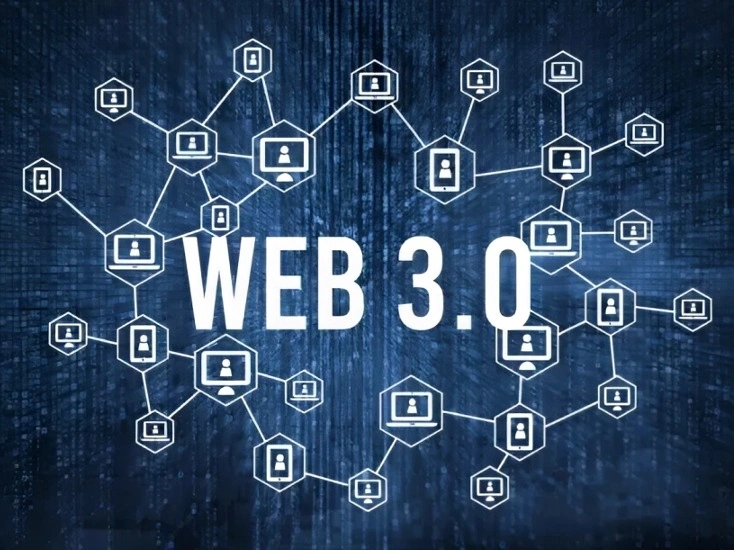

Web3 represents a decentralized web ecosystem where users, rather than centralized institutions, maintain control of data and transactions. Combined with financial technology, or fintech, Web3 enables new ways to store, send, and manage money — often without traditional banks or intermediaries.
One of the clearest expressions of this shift is Decentralized Finance (DeFi). Built on blockchain platforms like Ethereum, DeFi allows users to lend, borrow, or earn interest without banks. Instead, smart contracts — self-executing pieces of code — automate these services. While this model offers lower fees and increased autonomy, experts warn that regulatory uncertainty and security vulnerabilities remain significant barriers to mass adoption.
Web3 fintech payment trends: Web3 Fintech Payment Trends Are Gaining Momentum
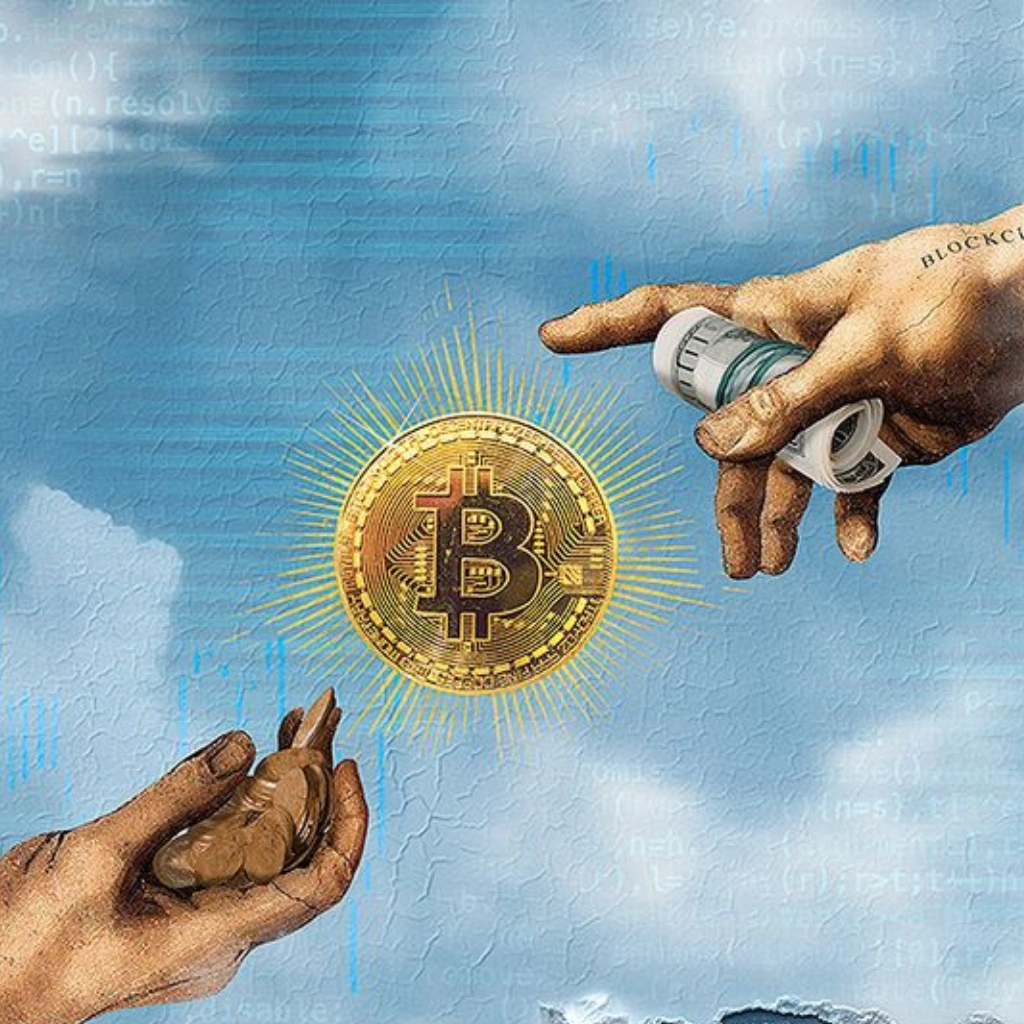
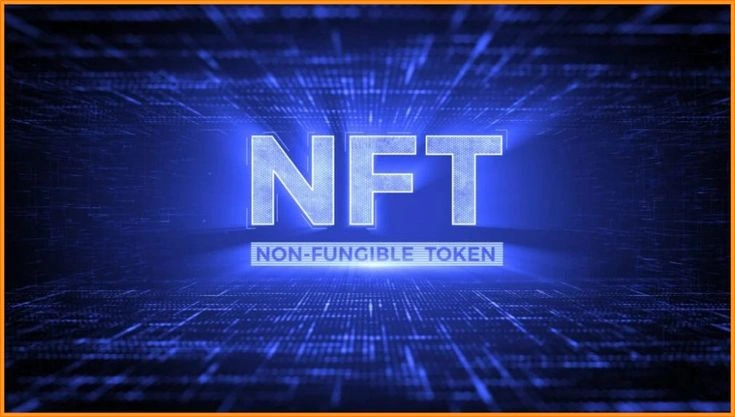
A number of key trends are already shaping the next generation of payment technologies:
- Token-Based Payments: Cryptocurrency platforms such as Solana Pay and Ethereum-integrated wallets now enable direct payments with digital tokens, bypassing traditional infrastructure.
- Embedded Wallets: Digital wallets are increasingly built into e-commerce sites and apps, streamlining user transactions and removing friction from payment processes.
- International Transfers: Web3 protocols are facilitating faster and cheaper cross-border transactions compared to conventional methods, such as wire transfers or SWIFT.
- NFT-Based Access and Payments: Non-fungible tokens are being tested as prepaid credits or membership tools, offering new forms of digital commerce.
These innovations are particularly popular among younger demographics and tech-savvy consumers, industry observers note.
Web3 fintech payment trends: Major Fintech Players Enter the Web3 Space
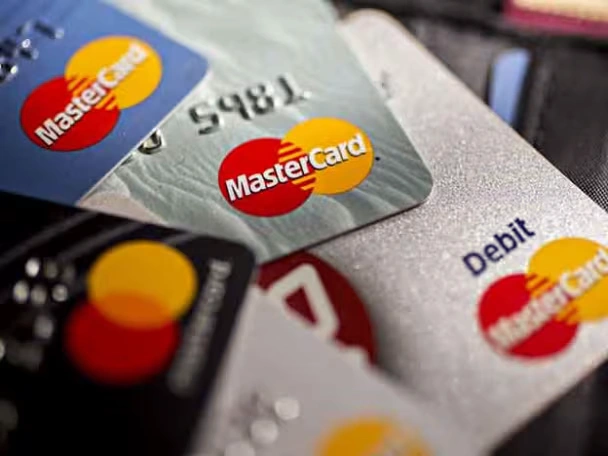
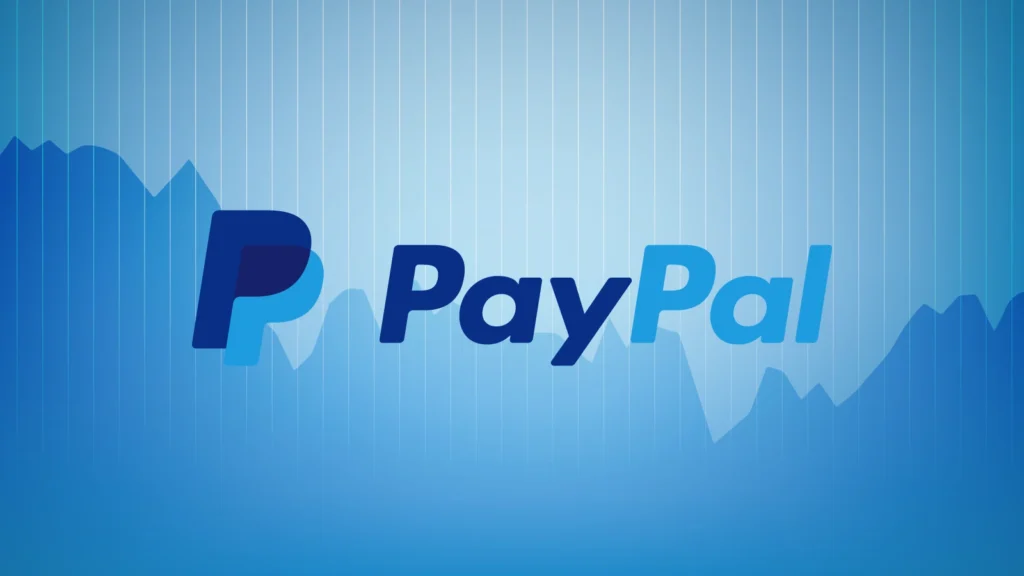
Leading financial technology firms are not standing still. Companies including Stripe, PayPal, and Mastercard have already launched Web3 pilot programs or integrations.
Stripe now supports crypto payments for select merchants, PayPal offers cryptocurrency trading and custody, and Mastercard is exploring crypto-backed cards and blockchain-based identity tools. Analysts say these moves indicate growing confidence in Web3’s staying power — and an attempt by legacy firms to stay competitive.
“The major players are hedging their bets,” said Diana Lee, a blockchain analyst at FinEdge Research. “They know they need to be part of this shift, or risk becoming irrelevant.”
The Roadblocks: Scalability and Regulation
Despite progress, challenges remain. Many blockchain networks still struggle with transaction speed and cost, making them impractical for large-scale use. Meanwhile, the user experience — often plagued by confusing interfaces and irreversible errors — continues to be a concern.
Perhaps most critically, regulation remains inconsistent across jurisdictions. While some governments embrace crypto and blockchain, others impose strict limits. This creates a complex environment for both users and innovators.
“Web3 is moving faster than most legal frameworks can adapt,” said John Maher, a fintech legal advisor. “Until there’s more clarity, risk will remain a factor.”
Looking Ahead: What Consumers Can Expect
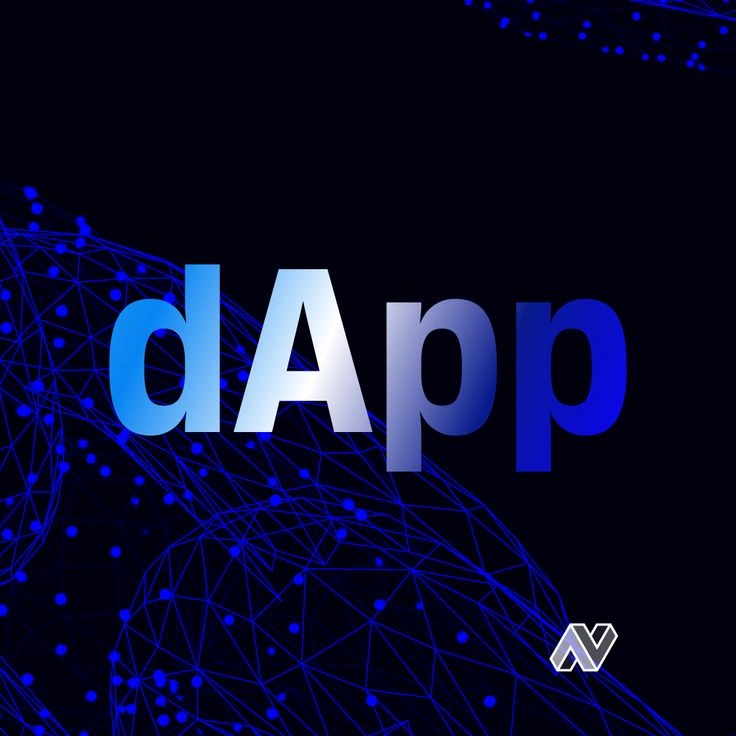
While a fully decentralized financial system may still be years away, Web3 fintech payment trends are already making their mark. From salary disbursements through digital wallets to decentralized lending platforms, these innovations are gradually entering the mainstream.
“Most people won’t even notice the change at first,” Lee added. “You’ll still tap your card or phone — but what happens behind the scenes will be radically different.”
In the months and years ahead, consumers can expect more hybrid systems blending Web2 convenience with Web3 infrastructure. For businesses, regulators, and individuals alike, staying informed about these trends may prove not just useful — but essential.
Relevant news: Here

